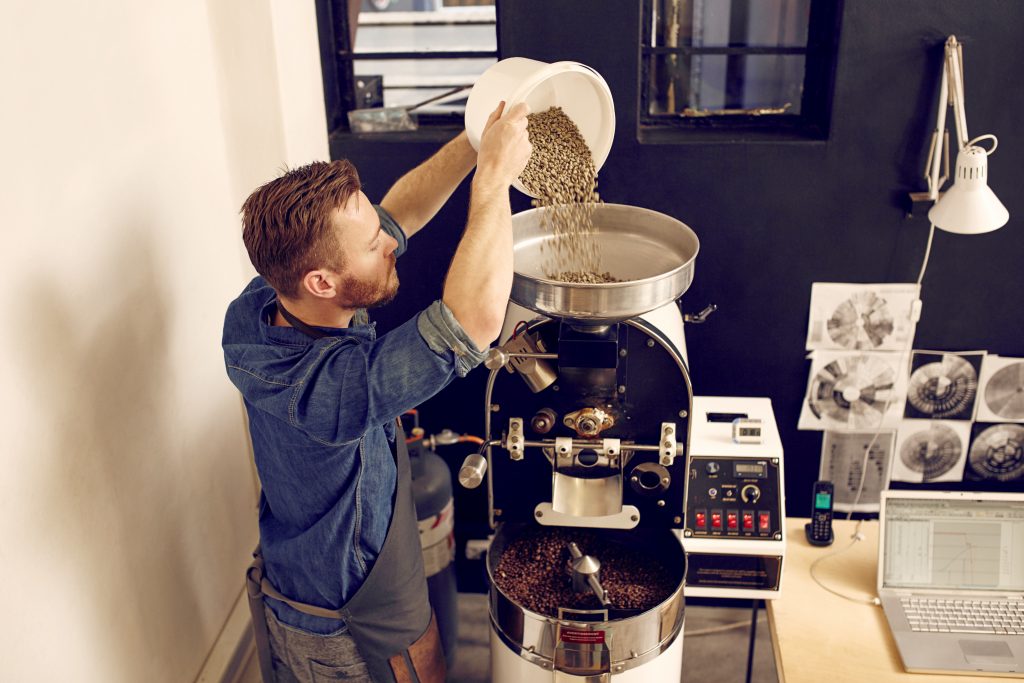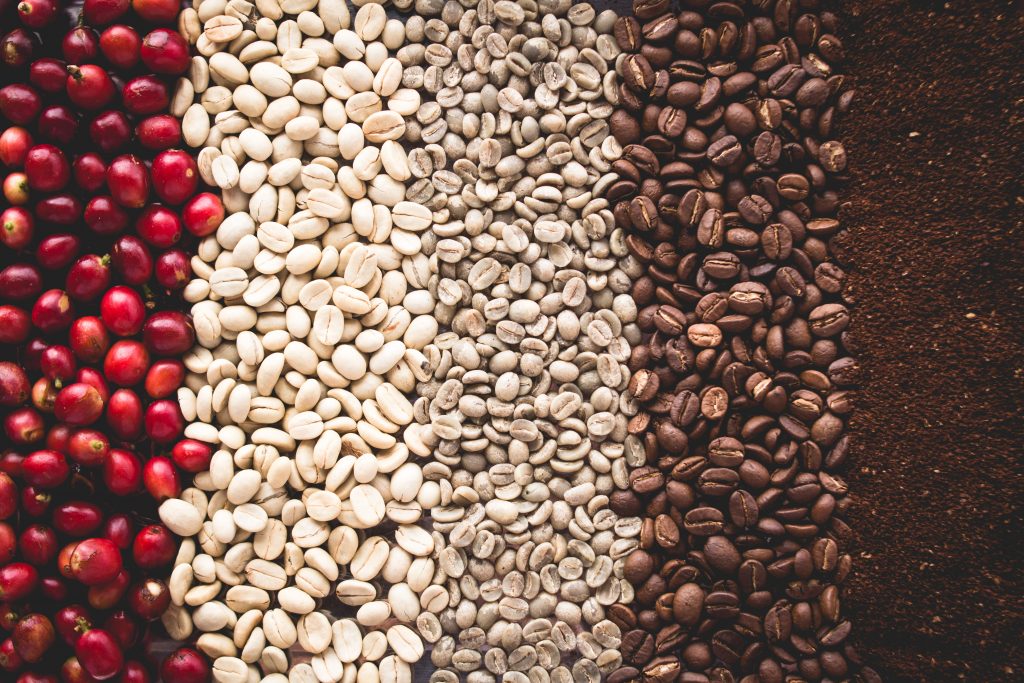
Have you ever tried a new flavor of coffee and discovered it didn’t taste like you thought it would? If you’ve had that happen, you aren’t alone. The processes of growing the plants, harvesting the beans and turning the beans into delicious beverages are quite complex. There are many different factors that can positively or negatively impact the quality and flavor of coffee.
The National Coffee Association explains how part of the farming process is complex. “Everything from the variety of the plant, the chemistry of the soil, the weather, the amount of rainfall and sunshine, and even the precise altitude at which the coffee grows can affect the taste of the final product.”
Add in the roasting process and there are an endless variety of new beverages to try, especially since the number of ways to roast beans is almost as varied as people are different. Celebrate this year’s International Coffee Day on October 1 by encouraging your Orlando and Central Florida employees to try a new roast or two. It’s also a great way to bring everyone together and boost company morale.
Why roast the beans?
Coffee beans are stored raw or kept green until it’s time to roast them. Once beans are roasted, they need to be used quickly in order to prevent a decrease in quality. Unlike roasted beans, raw beans are spongy to the touch and smell of grass. The roasting process causes raw beans to reach very high temperatures where chemical changes can occur, resulting in brown, crunchy beans with varying degrees of oiliness on the outer shells.
Unfortunately, when it comes to knowing which roast is which, things get a bit more complicated as there are no uniform roasting standards. However, there are four “general” categories that all roasts fall into: light, medium, medium-dark and dark.
Light Roasts: Light brown in color with no oil on the beans’ outer surface, light roasts are usually used to make milder coffees. Common names: Light, Cinnamon
Medium Roasts: Medium brown in color with a non-oily surface, medium roasts are sweeter and have a more balanced flavor, aroma and acidity than light roasts. Common names: City, American
Medium-Dark Roasts: Rich and dark brown in color, medium-dark roasts have some oil at the surface and a slightly bittersweet aftertaste. While the acidity in this roast decreases, the flavors and aromas increase.

Dark Roasts: Dark brown to slightly charred in color, a dark roast has an oily surface and a bitter flavor but is the least acidic of the four roasts. Common names: Viennese, Italian, and French
Not sure which of the four roasts your Orlando and Central Florida employees prefer?
Instead of just asking them, make it fun and plan a taste-testing event. Rather than telling everyone which beverage is which roast, keep that information hidden until the end. Ask everyone to rank their preferences and guess which beverage is which roast. Once everyone has had a chance to try everything, announce the winners. Some employees might be surprised to learn which roasts they truly like.
Now that office coffee service (OCS) menu is almost done, don’t forget to include healthy snacks, beverages and fresh food in your Orlando and Central Florida break room menu. For more information about OCS and a variety of additional refreshment services, please call The Vending Station at (407) 891.7632.